Коли ви останній раз дивилися на свої вікна? Не через них, на них?
Хоча вони були розроблені, щоб принести природне світло у ваш дім і забезпечити вентиляцію, без належного догляду вікна вашого будинку, швидше за все, передчасно зношуються і потребуватимуть заміни.
Якщо ви схожі на багатьох домовласників, можливо, ви не витрачаєте достатньо часу на те, що необхідно, щоб ваші вікна працювали та виглядали як нові. Основні методи догляду застосовуються до всіх стилів вікон, але, розуміючи, як працює кожен стиль і матеріал, ви зможете підтримувати їх у відмінному стані протягом багатьох років.
Ретельне прибирання

Вікна – це перша лінія захисту від природи та стихії. Вони піддаються впливу несприятливих погодних умов, у тому числі сильного вітру, пекучого сонячного тепла, низьких температур і шкідливої вологи від усіх погодних умов.
Поєднайте всі ці умови з накопиченням бруду та сміття, і незабаром ви помітите сильний знос усіх своїх вікон.
Регулярне чищення може допомогти зберегти гарний вигляд вікон і зменшити проблеми. Ось що слід включити у ваш звичайний розпорядок дня:
- Видаліть накопичення бруду вологою тканиною з м’яким миючим засобом.
- Відкрийте вікна та видаліть листя, палиці, хвою, павутину, комах та інше сміття м’якою щіткою.
- Тримайте вікна чистими за допомогою спрею для чищення скла або розчину білого оцту та води. Спробуйте використовувати газету замість паперових рушників, щоб мати блиск без смуг. Ви також можете використовувати склотканину з мікрофібри без ворсинок і подряпин. Ідеально підходить для всіх вікон і скляних поверхонь.
- Обов’язково очистіть віконну раму та прилеглу стіну, щоб звести накопичення бруду до мінімуму.
- Будьте обережні, щоб не використовувати занадто багато води, оскільки це може призвести до пошкоджень, таких як гниття та набряк, розвиток цвілі та цвілі та застрявання вікон.
Ретельний огляд

Кожного сезону ви повинні оцінювати структурну цілісність усіх вікон. Ознаки проникнення вологи будуть очевидними в місцях зміни кольору та губчастої консистенції. Використовуйте металевий стрижень для зондування проблемних місць.
Перевірте стан будь-якої погодної зачистки. Він має бути достатньо гнучким (не жорстким), щоб стискати та усунути проникнення повітря. Замініть будь-які зношені або пошкоджені частини.
Подивіться на запотівання або накопичення конденсату між подвійними або потрійними вікнами. Порушене ущільнення склопакетів спричинить цю проблему та погіршить ізоляційні властивості ваших вікон.
Перевірте, чи немає крихких або деформованих рам. Вони можуть бути більш поширеними в місцях, які піддаються впливу сонячного світла протягом тривалого періоду протягом дня. Ви можете помітити, що на цих вікнах також облущилася фарба.
Щілини між віконною коробкою та стіною є звичайним явищем, коли ваш будинок осідає або через постійну погоду.
Повторно заклеїти вікна
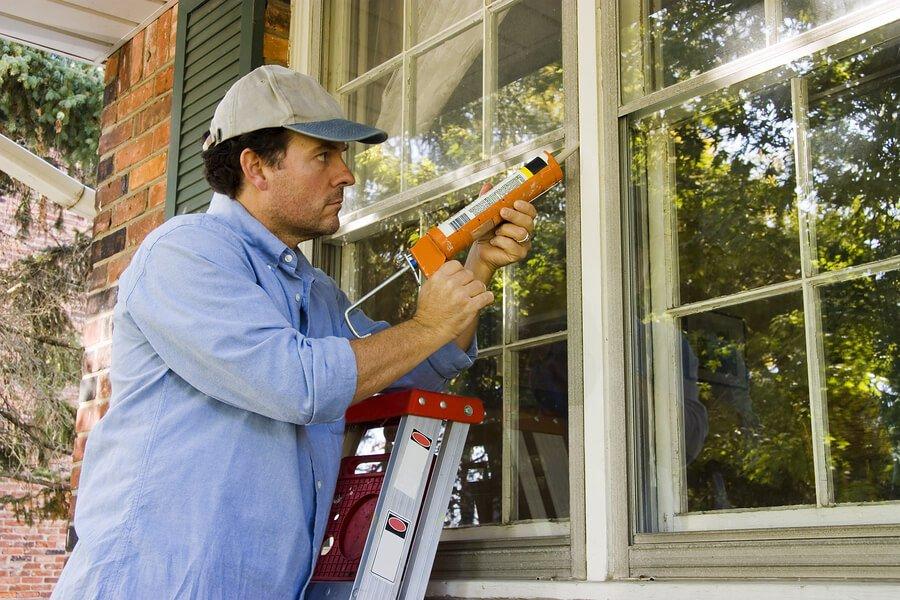
Перевірте, чи немає отворів або пошкоджених ущільнювачів, через які тепле повітря може виходити, а холодне повітря може проникати та знижувати загальну енергоефективність вашого будинку.
- Використовуйте латексний герметик, щоб заповнити простір між віконною коробкою та внутрішньою стіною.
- Замініть гумові прокладки, які запобігають витоку води та повітря всередину.
- Заповніть ділянки навколо внутрішнього периметра ваших вікон ізоляцією, щоб зменшити протяги та комунальні рахунки.
- Зашпаклюйте будь-які зовнішні віконні щілини.
Повторне фарбування
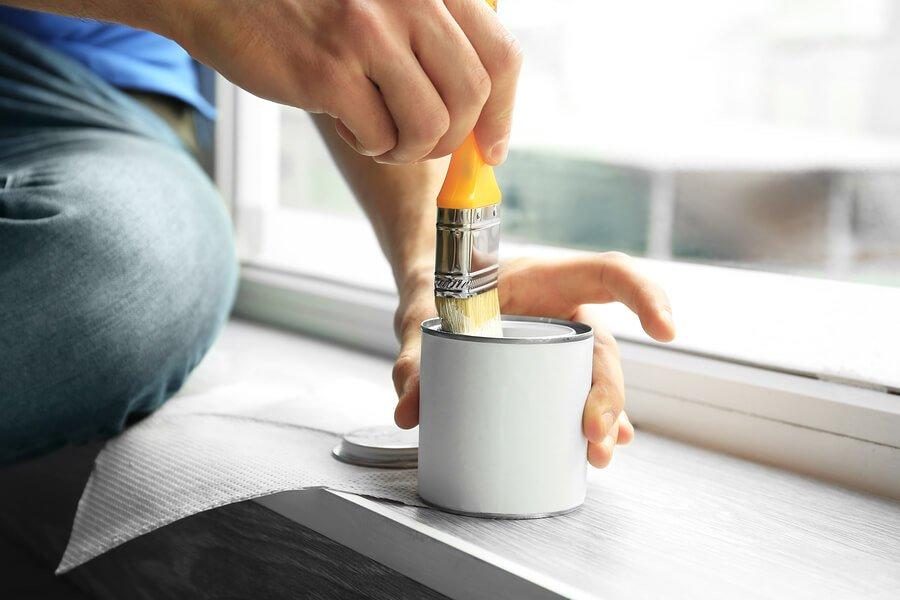
Важливо захищати дерев’яні та металеві віконні рами, щоб вони виглядали як нові. Повторно фарбуйте кожні три-чотири роки, але обов’язково ретельно очистіть їх і видаліть будь-яку розсипану або відлущену фарбу. Щоб ваші вікна працювали безперебійно, обов’язково фарбуйте вікно при відкритому вікні та дайте йому висохнути, перш ніж зачинити.
Видаліть бризки фарби зі скла за допомогою однієї чашки киплячого білого оцту та змоченої тканини. Потріть тканиною уражені ділянки, щоб послабити фарбу. Стійкі плями фарби можна видалити лезом бритви з одним лезом і мильною водою. Обов’язково розташуйте лезо під кутом 45 градусів, щоб не подряпати та не пошкодити скло.
Відремонтуйте або замініть пошкоджені деталі
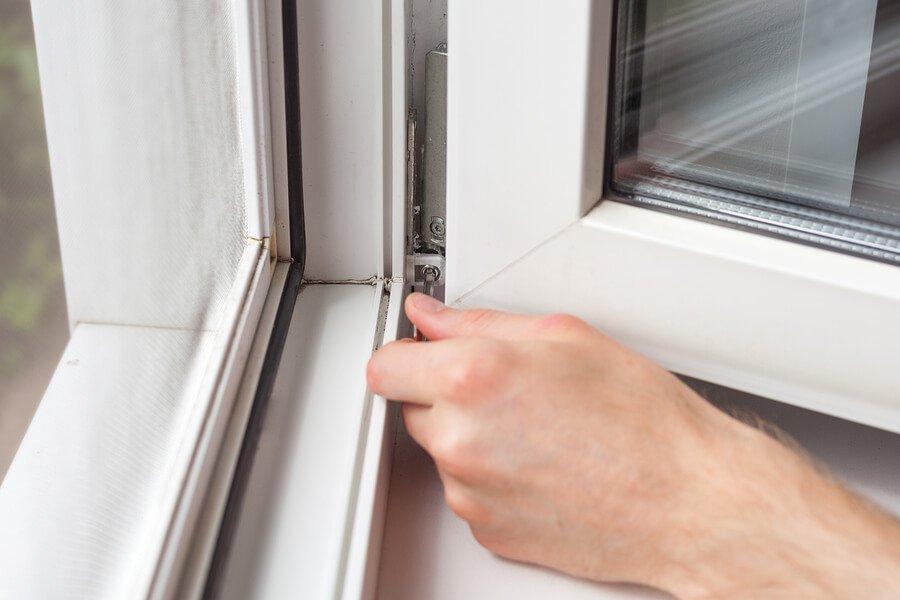
Дерев’яні вікна особливо чутливі до пошкоджень і псування, тому ви захочете якнайшвидше відремонтувати гнилі ділянки, осколки, діри та тріщини. Незначне гниття можна відремонтувати за допомогою викрутки та епоксидної шпаклівки. Очистіть гнилі ділянки, заповніть шпаклівкою, зачистіть наждачним папером і обробіть ґрунтовкою та фарбою для нової віконної рами.
Тріснуте або розбите скло у вікнах будь-якого стилю слід швидко замінити для максимальної безпеки. Навіть незначні тріщини можуть поставити під загрозу міцність вікна та дозволити повітрю проникати у ваш будинок. Щілини в подвійних і потрійних склопакетах, заповнених газоподібним аргоном, дозволять газу вийти, що призведе до марної витрати енергії та підвищення комунальних платежів.
Зламане обладнання, таке як замки, ручки, рейки та петлі, слід замінити, щоб члени вашої родини були в безпеці.
Комахи, що свердлять по дереву, можуть не тільки завдати шкоди, але й серйозно пошкодити дерев’яні вікна.
- Терміти поширені і можуть знищити все на своєму шляху. Сигнальними ознаками є грязьові труби, тріщини або бульбашка фарби та крилаті комахи всередині або поза домом. Використовуйте приманку для термітів або хімічну обробку, щоб запобігти зараженню в майбутньому.
- Маленькі дірки у ваших віконних рамах можуть свідчити про проблему з жуками-древоточами . Личинки можуть жити у вашому домі від двох до п’яти років. Ці комахи фактично з’їдять деревину та назавжди знищать ваші вікна, тож намалюйте інсектицидом, спеціально створеним для знищення жуків.
- Мурахи-теслярі — ще одна комаха, що бореться з деревиною, яка може серйозно пошкодити ваші дерев’яні віконні рами. Вони свердлять нори, щоб влаштувати всередині свої гнізда. Перш ніж обробити вікна пестицидами, зруйнуйте гнізда зовні та використовуйте пастки для мурашок або спрей всередині, щоб убити будь-яких мурах.
Технічне обслуговування, ремонт і заміна екрану
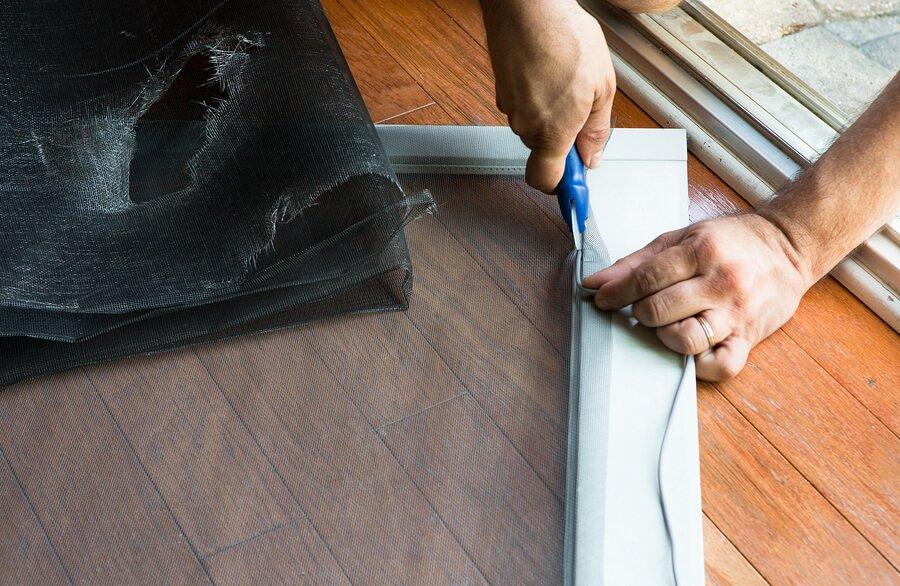
Віконні сітки — чудовий спосіб провітрити будинок, не даючи комахам і тваринам проникнути всередину. Звичайно, вони також піддаються різним погодним умовам, які спричиняють накопичення бруду та псування.
Регулярне очищення та ремонт отворів, подряпин і розривів забезпечить їх належну роботу. Можливо, вам знадобиться замінити шпонку, яка утримує екран на місці, оскільки з часом вона може розпатися.
Усунення цвілі та цвілі
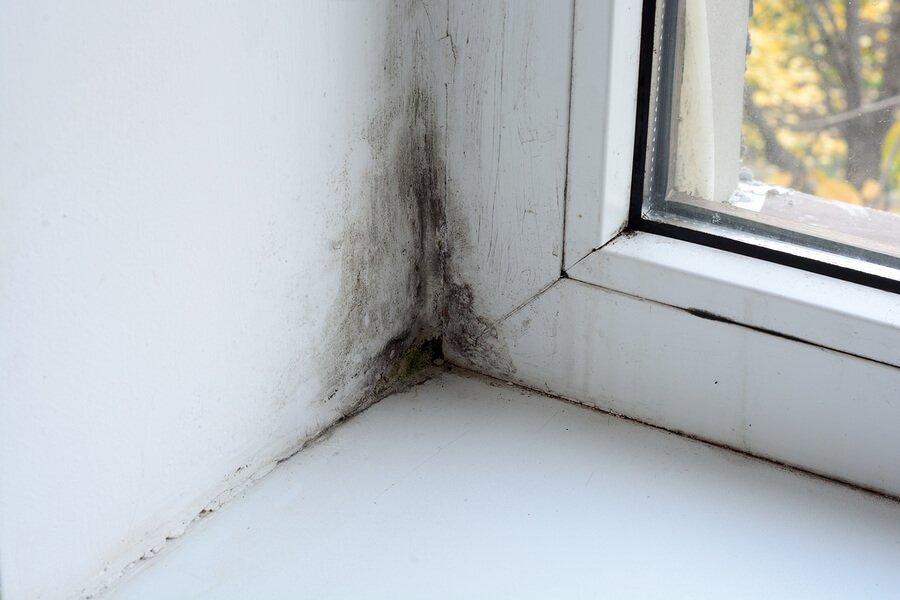
Надмірна вологість і накопичення конденсату можуть призвести до появи цвілі та цвілі на підвіконнях. Це не тільки впливає на зовнішній вигляд ваших вікон, але й може бути небезпечним для здоров’я вас і вашої родини.
Слід приділяти особливу увагу видаленню цвілі , щоб спори не поширилися по всьому будинку. Очистіть уражену ділянку засобом для миття посуду, харчовою содою та водою; потім продезінфікуйте сумішшю відбілювача та води.
Очистіть мочури
На підвіконнях передбачено зазори, які дозволяють виводити зайву вологу, а вентиляційні отвори пропускають свіже повітря. Обидва типи отворів запобігають утворенню конденсату на вікні.
Ці дірки зазвичай закриваються брудом або зафарбовуються. Прочистіть усі заблоковані отвори дротом або зубочисткою, щоб вони працювали належним чином.
Висновок
Хоча догляд за вашими вікнами може вимагати трохи часу та зусиль, регулярний догляд необхідний, щоб вони працювали належним чином і виглядали як нові. Коли нарешті прийде час встановити вікна на заміну , обов’язково зв’яжіться з Ecoline Windows для консультації експерта та оцінки без зобов’язань.
Сподобалась стаття? Поділіться цим!

